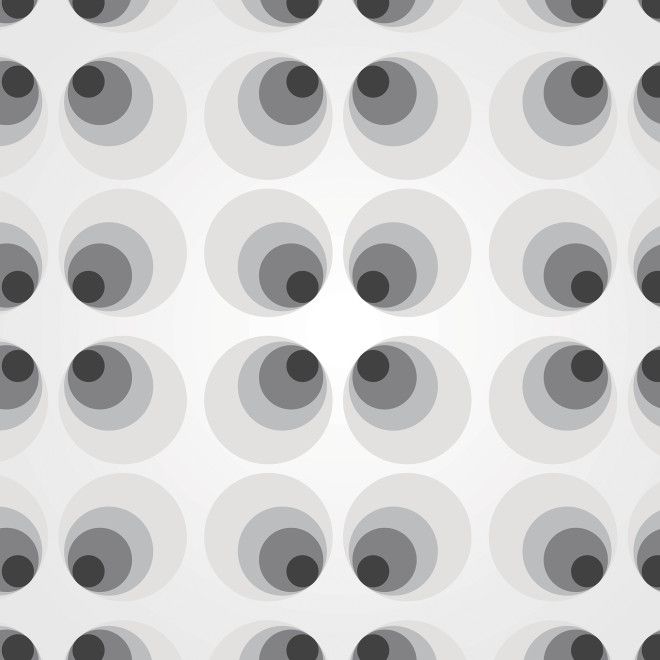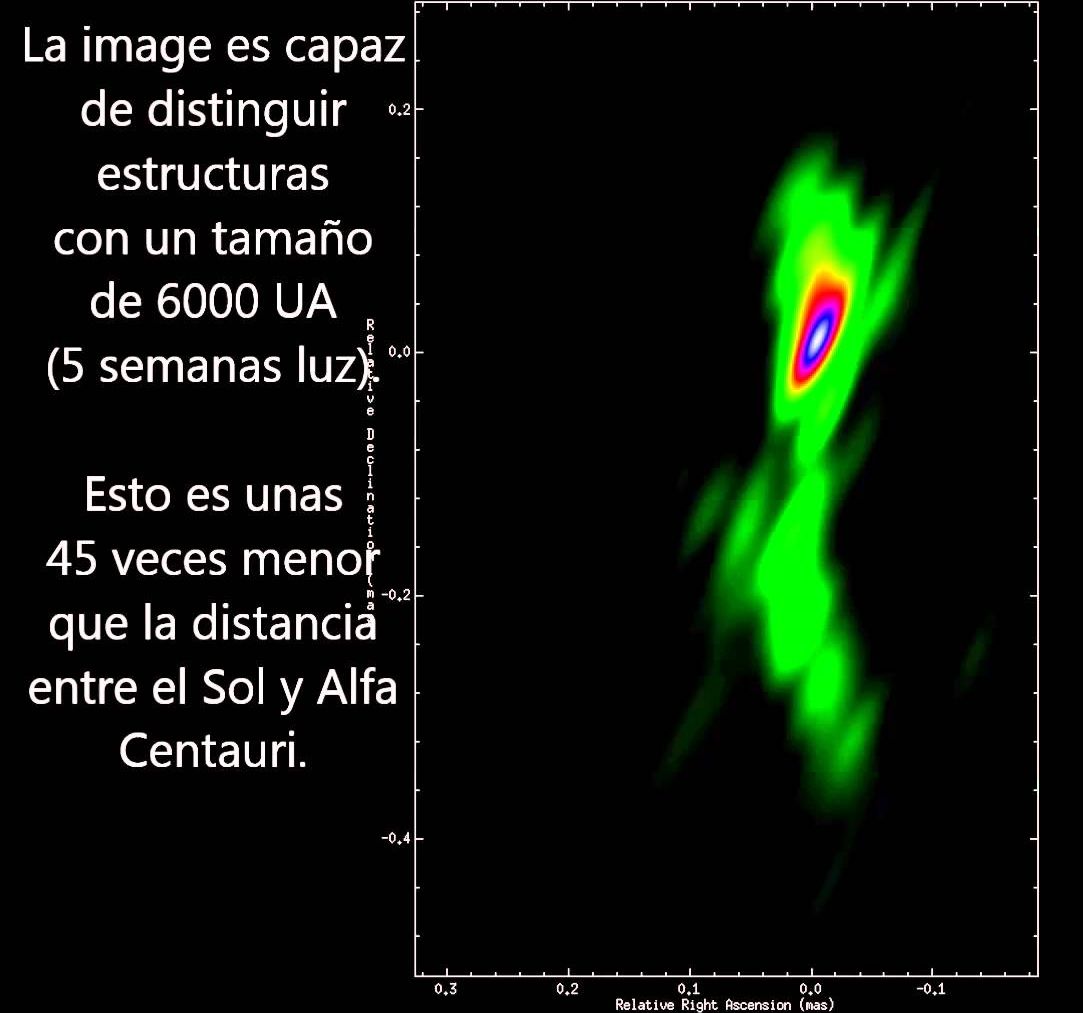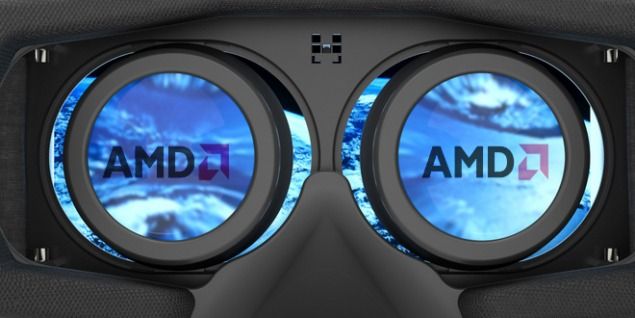Existing off-the-shelf components are all you need to spy like the NSA, says a UC Berkeley researcher.
I do indeed think it solves he firewall problem, kind of trivially so. I am somewhat puzzled they didn’t even mention this in their paper.
The cosmos came into sharper focus this week with astronomers releasing the highest resolution astronomical image yet. The product of 15 earthbound radio telescopes and a Russian satellite, the image of a black hole in a galaxy 900 millions light years away is detailed enough to show the equivalent of a US 50-cent piece on the Moon.
According to Instituto de Astrofísica de Andalucía (IAA-CSIC), which is leading the project, the image is the product of six European radio telescopes, the nine dishes of the US National Science Foundation’s Very Long Baseline Array (VLBA), and the Spektr-R satellite of the RadioAstron mission.
The data from these were combined by the Max Planck Institute for Radio Astronomy in Bonn using a technique called interferometry, which is a way of turning a number of optical or radio telescopes distributed across an area into one gigantic telescope. It does this by combining the images from these telescopes so they interfere with one another. By analyzing the amplitude and phase of the interference patterns, scientists can generate a new image of much higher resolution.
Finally. Bionic eye technology that could give sight back to millions of individuals worldwide is set to start trials.
Adding to the recent buzz surrounding the development of bionic eye systems is news of scientists from Australia who are set to begin trials on The Phoenix99 bionic eye—a fully implantable system that marks a significant breakthrough in neural stimulation technology.
The device, developed by engineers at the University of New South Wales (UNSW), has already been demonstrated successfully in pre-clinical work led by a team of elite surgical experts from Sydney, and it is expected to give patients better vision than any of the current restoration technologies.
It’s not a smoking gun. But in this week’s Nature, there’s a study that strongly links schizophrenia with a double-agent gene involved in the immune system.
The company’s new program, called Quill, allows an illustrator to create work directly in VR—and then turns the drawings into animations.
Quantum Internet — this has been in development and testing for a while now at Los Alamos and I am looking forward to it been expanded to the commercial sector. It has seen some challenges; however, every month we’re seeing the challenges knocked out such as the Quantum Light Source technology.
Imagine communicating with your bank, the IRS or your doctor by way of an Internet that was actually secure, where if any bad actor were to try to eavesdrop you would know immediately. Such is the promise of secure quantum communication, and has been since it was ‘almost ready’ starting in the 1990s.
For quantum communication to become the standard, technical challenges still lie ahead. To make progress toward devices that can send and receive quantum data, researchers at Stanford University have created a novel quantum light source.
The physics of quantum communication is admittedly complex. Standard lasers are actually not useful for secure communication because they emit what is called “classical” light. Data eavesdroppers could extract any data being carried via classical light without detection. In contrast, a quantum Internet would be based on “quantum” light, in which a single unit of light — a single photon — cannot be measured without being destroyed. Therefore, an efficient source of quantum light would enable perfectly secure communication.
We’re going to see many more of these types of announcements coming — Inside Lucasfilm’s “Star Wars” VR Project.
The ILMxLab expects to make many more VR experiences for “Star Wars” and other films, and for every VR platform.
I agree with AMD; Microsoft has released its VR for developers. A Console VR should prove to be very interesting over the next year.
AMD’s director of VR, Daryl Sartain, believes that virtual reality for consoles, is positive for the PC Front and to get VR into the market.
A lot has been said regarding VR lately, and no matter your opinion on virtual/augmented reality, VR is gaining popularity among the public, and developers. According to a recent survey from the GDC, developers are gaining more confidence in VR development, and the Oculus Rift was picked to be the most popular VR platform among current VR developers.









